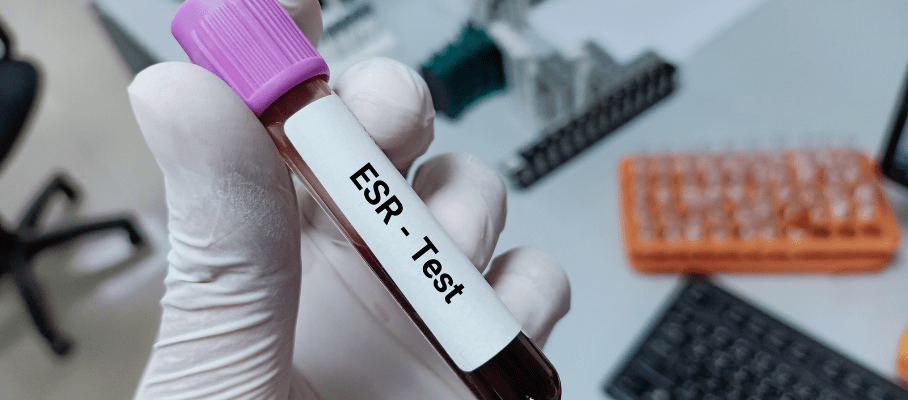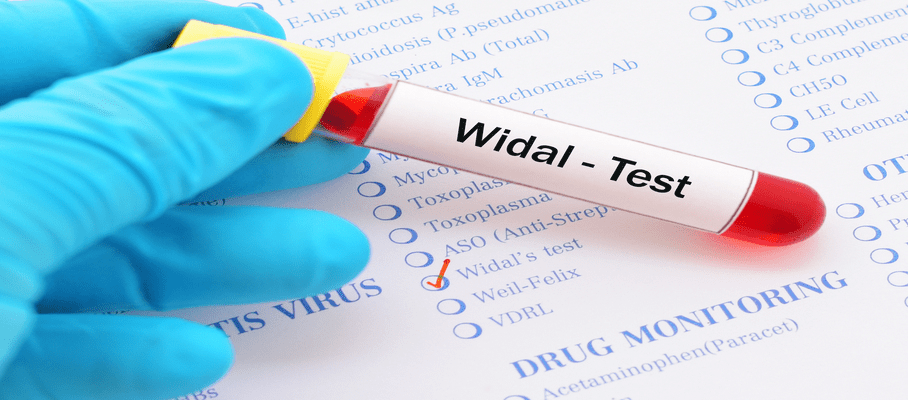Latest Blogs
Busting Period Myths: Science About Periods
Periods (also called menses or menstruation), a totally natural process, are associated with multiple cultural beliefs and taboos. These myths and misbeliefs have been holding women back. To end the social stigma linked with menstruation or periods, it is important to set your facts straight. Here is a small attempt to normalize the menstrual cycle by debusting some of the common myths about periods in India: Myth: Women shed impure blood during periods. Fact: This is an extremely common misconception that period blood is dirty or impure. However, what most people fail to understand is that the menstrual cycle is part of a woman's reproductive system that prepares her body for a (possible) pregnancy. The menstrual blood is also the same blood that circulates throughout the body. The clumping and color of period blood have their scientific causes too. Women shed partly blood and partly tissue from the inside of the uterus. In addition, the color may range from light red to dark brown. The change in color from standard red occurs due to the reaction of blood with oxygen (it gets time to oxidize). Dark brown or blackish color is usually associated with the beginning or end of your periods. Myth: If you miss your period, you are pregnant. Fact: A late or missed period does not necessarily point out that you are pregnant. Hormonal imbalances like polycystic ovary syndrome, excessive weight, unhealthy diet, illness, stress can be the causes of your missed or irregular periods too. A lab test is a sure-shot way to know about your pregnancy. Confirm the good news here Myth: You cannot exercise while you are on your period. Fact: There is no scientific evidence that exercising while you are on your period can harm your physical health. In fact, exercise is good for a sound body and mind and can even help to reduce the pain due to menstrual cramps. There are no risks to regular physical activity, like walking. Certain yoga asanas may help you feel better during your period cramps. You can discuss with a wellness expert to know what exercises can safely be done during periods. The best bet can be to avoid a high-intensity workout. Take extra care of your health with regular testing. Book our TruHealth women package now. Myth: You can’t get pregnant while on your period. Fact: While it is uncommon to get pregnant while you are on your periods, it is not completely impossible. One may get pregnant if she is having a short menstrual cycle. The average length of a cycle is 28-30 days. If a woman having a shorter menstrual cycle have sex towards the end of the six-day-long period, followed by ovulation shortly after, the chances are that some of the sperm may survive and lead to pregnancy. Another reason can be a false alarm. Some women may see some spotting or bleeding during ovulation. Ovulation occurs when the woman’s ovary releases an egg and it is the most fertile window of the reproductive cycle. If it is confused as a period, the chances of getting pregnant shall be high. Myth: You shouldn’t wash your hair during your period. Fact: You don’t need to compromise with your personal hygiene habits due to your periods. There is no study that states one cannot wash your hair or take a shower on your period. In fact, a warm bath can help you with the painful cramps. Myth: If you use a tampon, you lose your virginity. Fact: While it is true that tampons may cause the hymen to stretch which a few times may cause breaking of the hymen, it does not cause someone to lose their virginity. Virginity is much beyond just the hymen. The hymen can be naturally broken due to strenuous activities like cycling too. However, usually, when a tampon is inserted, the hymen will stretch to accommodate it, so the odds of affecting a woman’s virginity can be less. Myth: Premenstrual syndrome (PMS) is all in the mind. It’s unreal. Fact: PMS symptoms are real and occur a week or two before the periods. They are related to the way hormones change during a woman’s monthly cycle. Over 90% of women have noticed they get some premenstrual symptoms, such as bloating, headaches, and mood changes like irritation, depression, etc. Fatigue, cramps, and headache are some of the commonest symptoms of PMS. Usually, the symptoms are worst 4 days before a period and start relieving 2 to 3 days after the period begins. Steer clear of misbeliefs Your menstrual cycle can tell you a lot about your health. The last thing it should predict is the way you take bath or indulge in social activities. Regular periods mean your body is working normally. So, stop believing in what you have heard until you get any scientific reasons to support it.



















